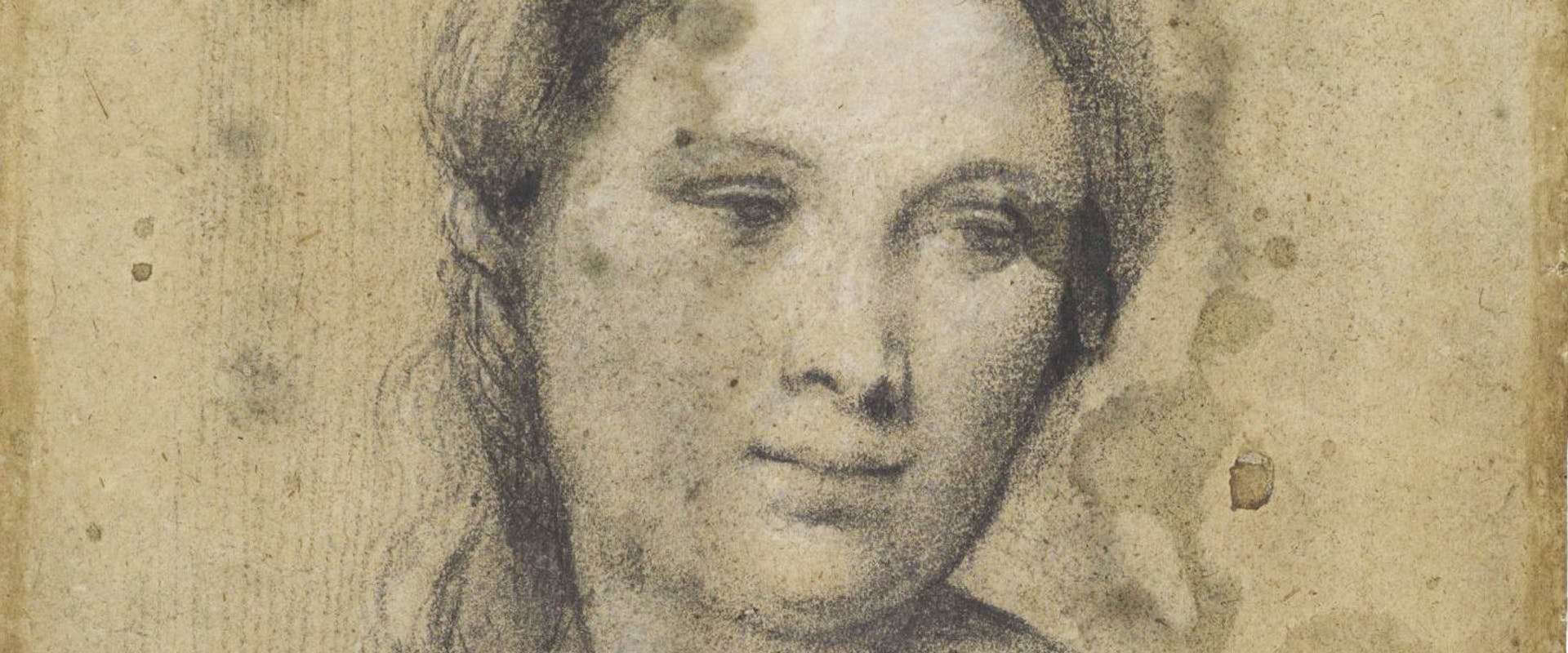The Revenge of Colour over Line. Venetian Drawings from the Ashmolean Museum and the Uffizi Galleries
The exhibition brings together forty-eight works from the collections of the Ashmolean Museum in Oxford and the Florentine institution hosting it, in continuity with the previous show held at the Ashmolean Museum in Oxford last year.
The ways of drawing are limitless seems to be the claim of the exhibition organised by the Gabinetto dei Disegni e delle Stampe of the Uffizi Galleries. The ambitious project aims to demonstrate, with the help of outstanding works, how the concept of drawing expressed by Venetian artists between the end of the 15th and the beginning of the 18th century is not at all inferior to the idea developed by the Tuscan artists but rather represents an equally valid alternative.
The opposition between the Venetian Colour and the Tuscan Drawing was theoretically affirmed in the 16th century, mainly by Giorgio Vasari. In the 1568 edition of the Life of Titian, he wrote that many Venetian painters, such as Giorgione, Palma, Pordenone and others "who did not see Rome or other works of all perfection", had to hide "under the vagueness of their colours the difficulty of not knowing how to draw".
However, Vasari hides a much more complex vision behind his peremptory judgment. "In Chapter 16th of Volume I of the Lives, in the Introduction to the three arts of drawing- as recalled by the Director of the Uffizi Galleries Eike Schmidt -, Vasari himself mentions an infinite number of other ways to draw without specifying their prerogatives, thus allowing for the possibility of graphic experimentation". Therefore, the exhibition will be an opportunity to fully understand the reasons for Vasari's prejudice against Venetian drawing, inserting them into the multi-faceted ideological framework of the Lives.
As Marzia Faietti, who is in charge of the scientific curatorship of the exhibition with the collaboration of Giorgio Marini, Roberta Aliventi and Laura Da Rin Bettina, affirms: "in the various Lives, Vasari never really criticised the Venetians with specific regard to graphic production and when he did, precisely in Vecellio's biography of 1568, his objective was to ensure the supremacy of the Florentine Academy of Drawing (which had been founded only a few years earlier, in 1563) in the planning phases that precede and direct pictorial execution".
It is, therefore, a rupture that began in the 1550s between two different figurative traditions, the Florentine one linked to the theorisation of "Lineamentum" Drawing as a unifying principle between idea and practice, and the Venetian one of Colour, which understood drawing in a polysemantic sense, ready to dialogue with central-Italian drawing and yet capable of expressing its own chromatic virtues. From Carpaccio's pen sketches overlaid with red stone to Jacopo Bassano's total identification between painting and drawing, from Sebastiano Ricci's free and energetic signs in black stone to the chiaroscuro and lighting effects of Canaletto, Francesco Guardi and Giambattista Tiepolo, the exhibition will show a Colour that is able to take its revenge, engaging in an evocative remote dialogue with Giovanni Bellini's Lamentation over the Body of Christ in the Galleria delle Statue e delle Pitture of the Uffizi Galleries, an extraordinary and precocious example of perfect fusion between painting and drawing.
Compared to its Oxford counterpart, the exhibition differs in presenting a smaller selection of works to explore the polymorphism of Venetian drawing. But the emblematic value of the exhibition will not yield to the charm of the visual impact, enhanced by an appropriate setting that will offer greater flexibility than the usual and by now historicised display structures destined for paper artworks.
As said by Antonio Godoli, who designed the exhibition set-up:
"Instead of the movable paintings created by Edoardo Detti and Carlo Scarpa in 1960, to make it easier for visitors to view the works, a continuous surface in cherry wood has been built to accommodate drawings of different sizes in free succession".
